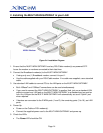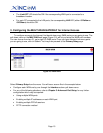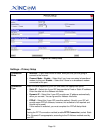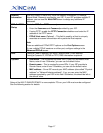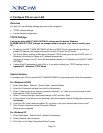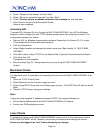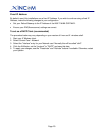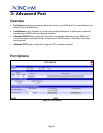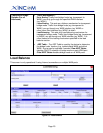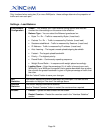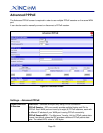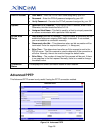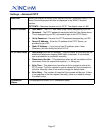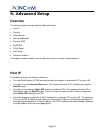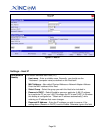
Page 22
Settings – Port Options
Interface
• WAN Port – Select a particular WAN port from the pull-down menu to
setup WAN port configuration.
• MTU – The Maximum Transmission Unit for the Ethernet data. This
is used to determine the packet size to be used on the WAN
interface. Normally, this does not need to be changed but if your ISP
advises you to use a particular MTU, enter it here. The default MTU
value is 1500 Bytes.
Connection Health
Check
• Method – There are three methods available for checking if a WAN
port is alive or not. Multiple choices can be selected when using it.
• Disable will not perform an Alive Indicator Check. By default, Health
Check is set to Enable. If the “Alive Indicator” input box is left blank,
Health Check performs an ICMP echo packet request to the specific
destination. This could be either a URL or an IP Address specified
by users in the “Alive Indicator” input box or WAN interface
gateway.
• Interval – The interval time for device health check. The default
interval time is 60 seconds.
• Alive Indicator – This is the IP address used to check if the WAN
connection is operating. The MULTI-WAN GATEWAY will contact
this system to check if the WAN connection is working or not. You
may change this address if you wish. Default is the gateway IP.
Note: This is not used for PPPoE connections.
Transparent Bridge
Option
• Bridge Mode – If set to Enable, this WAN port doesn’t use NAT &
Load Balance function when the LAN/WAN IP have the real IP
addresses on the same network segment.
• NetBIOS Broadcast – If you enable the NetBIOS Broadcast, this
will allow you to access files through the Microsoft network
neighborhood.



